As the new year dawns, the restaurant industry has much to celebrate. Faced with a period of extraordinary turmoil, it proved not only its resilience but its adaptability, undergoing massive transformation to meet the moment. For all the challenges that remain, the path ahead promises boundless new heights for those with the tools to reach them.
In a recent conversation at RestaurantSpaces in Miami Beach, three leaders sat down to discuss what the coming years will bring. What role will artificial intelligence play at national restaurant chains? What will it take to catch up to industries with more robust customer relationships? What does an aggressive growth strategy look like in 2024?
The panelists discussed these questions and more, providing a wide-ranging look at the state of restaurant innovation. Moderated by RestaurantSpaces producer Jason Schwab, the conversation included Phil Crawford, CTO at CKE Restaurants; Mike Hancock, President of Firehouse Subs; and Melissa Ng, SVP of Design and Construction at CAVA.
A Better Guest Experience
The panelists described varying approaches to innovation at their respective brands, each driven by the need to deliver a superior customer experience. At CKE, this means keeping in mind the demographics of their Hardee’s and Carl’s Jr. customers — a fact that weighs heavily on potential technology investments: any new tech has to make things easier for guests, not more complicated.
“It’s very easy for guys like me to put technology in,” Crawford said, listing potential benefits like labor efficiencies and menu simplification. “But so many times, that builds friction into the system and it adversely affects what we're trying to do, which is make a better guest experience.”
The underlying goal for any technological innovation, he added, is to help make quality food in an efficient manner.
“When we innovate, we have to keep those core competencies in mind and in play,” Crawford explained. “Being 90+ percent franchisees as well, we have to ensure the technology investments they make are here to stand the test of time.”
At Firehouse Subs, Hancock’s team recently piloted a new kitchen layout designed to reduce cook times, which guest research indicates is a consistent pain point.
“It's double-sided, similar to what you'd see in many other traditional quick-serve restaurants,” he described. “We brought in an expert from Mercedes-Benz to help design the steamers that cook our meats.”
The results speak for themselves: the new design slashed cook times from three minutes to one minute, with an overall improvement in product quality.
“If you can shave two minutes through technology and innovation off your speed, and you can still maintain the friendly culture that you have within the restaurant, that is the ultimate win-win,” Hancock said. “Across the board, we're trying to take that same mentality: How do we keep the core and fundamentals of our business, but use technology to unlock a better guest experience?”
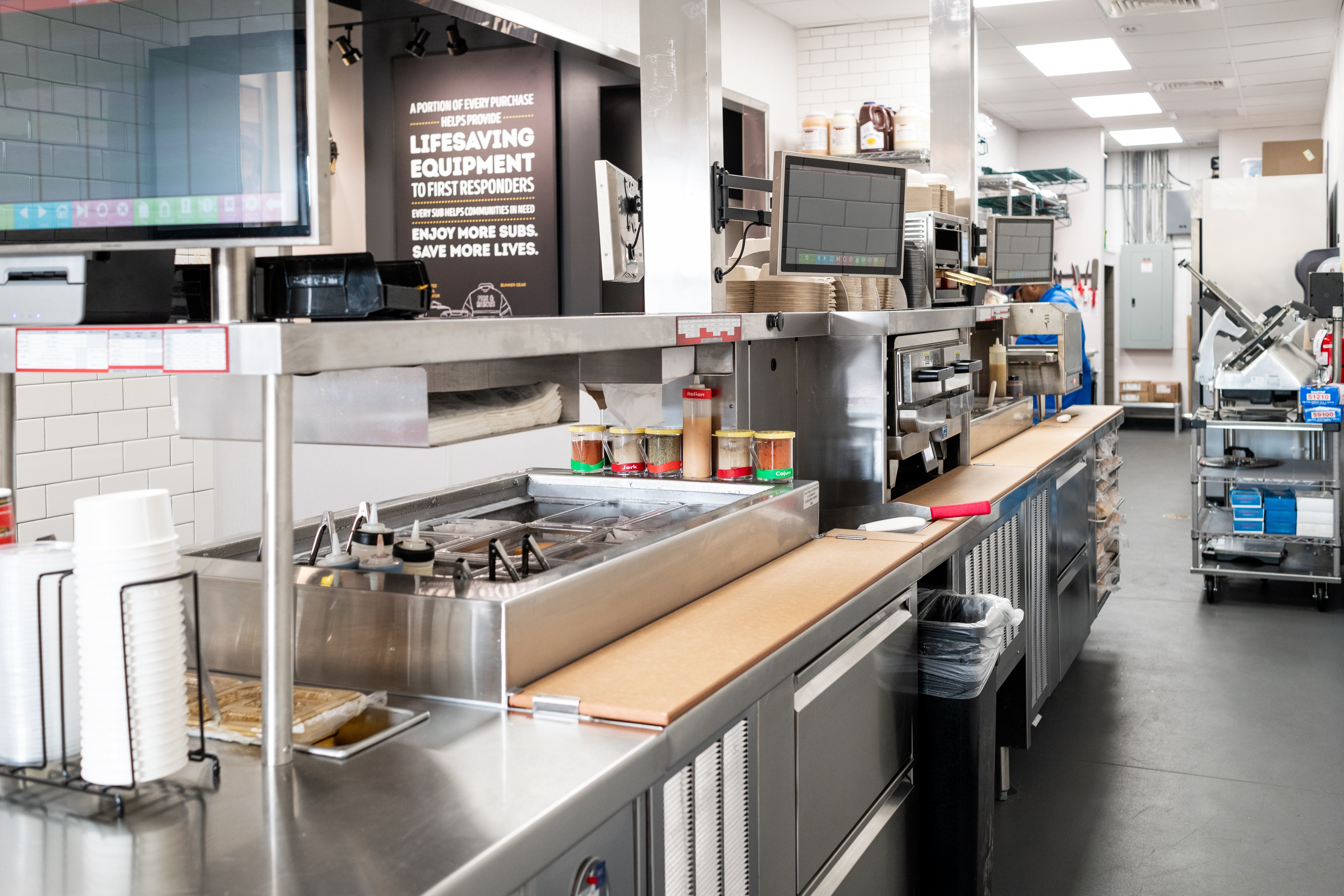 Firehouse Subs' new BOH design has helped significantly reduce cook times
Firehouse Subs' new BOH design has helped significantly reduce cook times
Ng offered another perspective on innovation, explaining that at CAVA, it’s just as much about strategy as it is a matter of culture—an “innovation mindset” shared across the entire company.
“It's having the freedom to question things, to challenge the status quo,” she said. “To figure out how to break what already exists and find new and better ways of doing things for our businesses that are gonna drive our brands forward.”
One-to-One Customer Relationships
When it comes to providing a superb customer experience, Crawford argued, restaurants are lagging far behind other industries. Airlines, hotels, and even healthcare providers excel at transforming reams of user data into highly personalized relationships.
Food and beverage brands, meanwhile, are still sending out the same generic email blasts promoting products the customer may not even like. Once the industry fully leverages the power of data — likely using machine learning solutions — it will be able to unlock those one-to-one relationships, giving something truly meaningful back to the customer.
 Before taking the helm at Firehouse Subs, Hancock was COO at fellow RBI brand, Tim Hortons
Before taking the helm at Firehouse Subs, Hancock was COO at fellow RBI brand, Tim Hortons
“As we think about targeting guests and our loyalty programs, it has to go beyond just, ‘Hey, I think I can give them the right offer at this right time, and then I'm gonna drive one incremental transaction,’” Hancock agreed. “It really has to be about elevating the overall guest experience.”
He knows what he’s talking about. As COO of Tim Hortons, Hancock oversaw the expansion of the brand’s loyalty program to the point that roughly one-third of all Canadians were members. Today, it encompasses a fantasy hockey game and even a credit card with rewards points.
“We had an entire ecosystem with our loyalty program,” he said. “It really has to be a very holistic approach in terms of your digital ecosystem. Not just, ‘Hey, I'm gonna send out a targeted email every Tuesday at three o’clock.’”
The Future of AI
Artificial intelligence is much more than a marketing tool, of course. Many brands are already using it to streamline operations in the front- and back-of-house.
At Hardee’s and Carl’s Jr., an AI drive-through voice assistant has increased the average check, improving order accuracy (and guest satisfaction) while freeing up employees to focus on more complex work—which in turn translates to higher-quality products. Despite the learning curve in dialect recognition, Crawford sees a bright future for voice AI.
“Give it two or three years and it's gonna be in every part of our life inside the restaurant industry,” he said. “Everything's gonna be voice-activated in some way.”
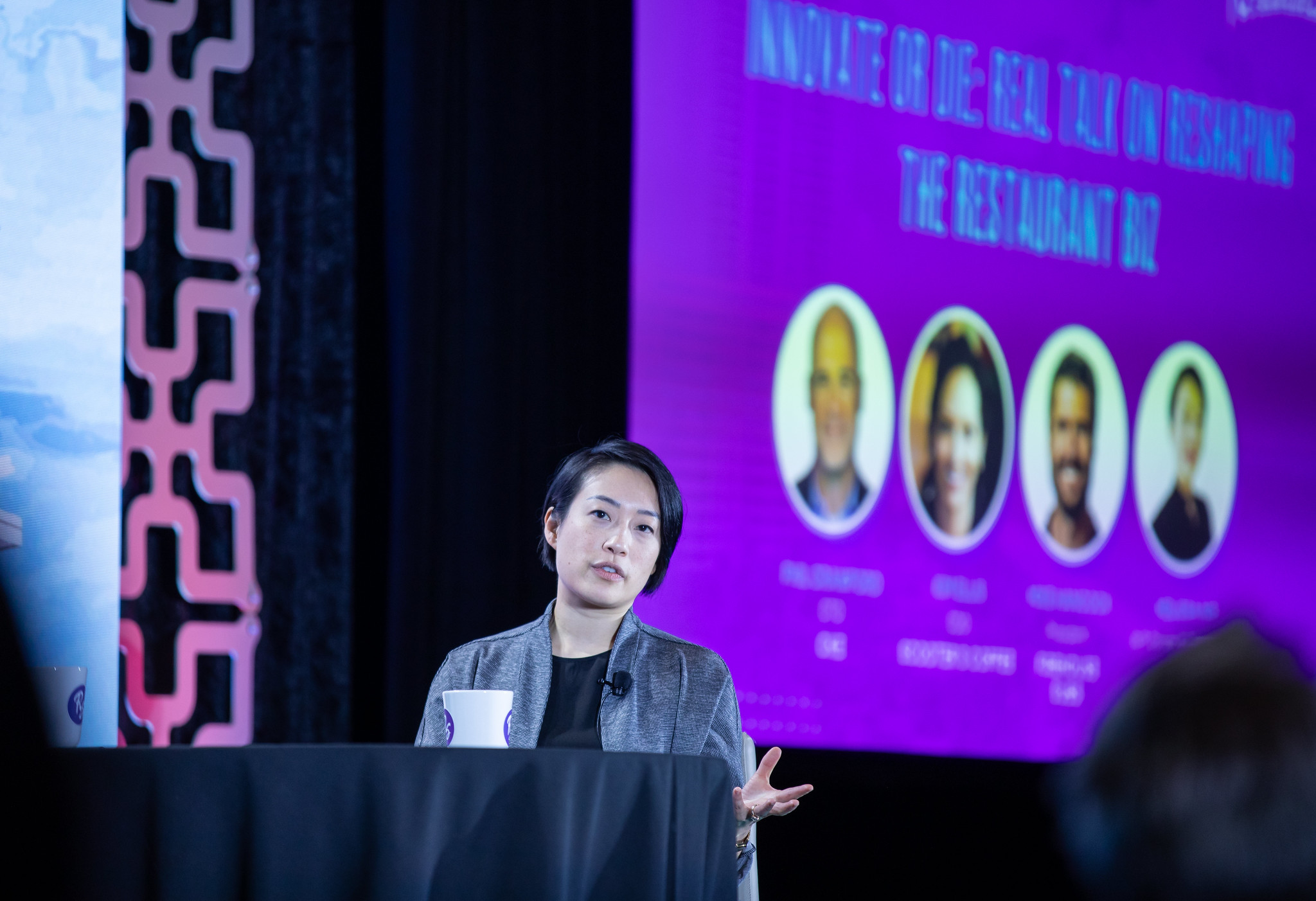 Melissa Ng, SVP of Design & Construction at CAVA
Melissa Ng, SVP of Design & Construction at CAVA
While AI has obvious benefits on the labor front, the panelists stressed that they don’t expect technology to replace human workers.
“It's going to take away some of these mundane tasks and free up their time for things that will be of more value to our businesses and ultimately serve guests better and drive sales,” Ng said, citing Bluetooth thermometers as a prime use case. “If you had Bluetooth thermometers in all of your restaurants, think about the cumulative hours that would be saved by not having to manually log food safety temperatures throughout the day.”
Then there are the data implications: Devices like thermometers and other IoT tech send their information to the cloud, logging it with other food safety records in one secure, accessible database.
“Audits are gonna be much easier,” Ng said. “On top of that, there are benefits to the facilities team: If there's a problem with a piece of equipment, all of that data is gonna be at your fingertips. The positive ripple effect of something as small as a Bluetooth thermometer in your restaurant is going to be so powerful in the future.”
Navigating Development Challenges
Development headwinds remain strong, saddling growth efforts with burdensome costs and ever-increasing lead times for essential materials. While it’s difficult to pinpoint the source of all these problems, Ng said, it helps to keep careful track of them and apply the information to future projects, modeling potential issues and planning accordingly.
“It's both about trying to mitigate the risks as much as you can and mitigate the cost increases, but also looking at your active historic data and keeping that data alive,” she explained. “So that you can plan in a little bit of contingency and not be surprised at the end of the day.”
At Firehouse Subs, Hancock’s team is tackling growth challenges head-on. Earlier this year, RBI announced a $20 million investment in the expansion of Firehouse’s franchise system, offering (existing) franchisees $50,000 to $100,000 towards the opening of new locations.
“We had planned to have this program run for nine months to have it filled up; it took us four weeks,” Hancock said. “The franchisees really appreciated it, because it made that burden a little bit easier in terms of financing.”
He’s taking a similarly aggressive approach to workforce development, ensuring that Firehouse offers employees not only a job, but a career.
“One thing we're working on is having a clear path for team members and general managers to eventually become franchisees, in a formalized program where we're actually incentivizing them and working with them,” he said. “That's a life-changing path for some of these folks—to go from a restaurant general manager to ideally owning 5, 10, 15 Firehouses.”

Posted by
Chain Restaurants Reimagined.
The Retreat to Reimagine Restaurant Development, Design + Technology.
April 12-14, 2026 | Miami, FL



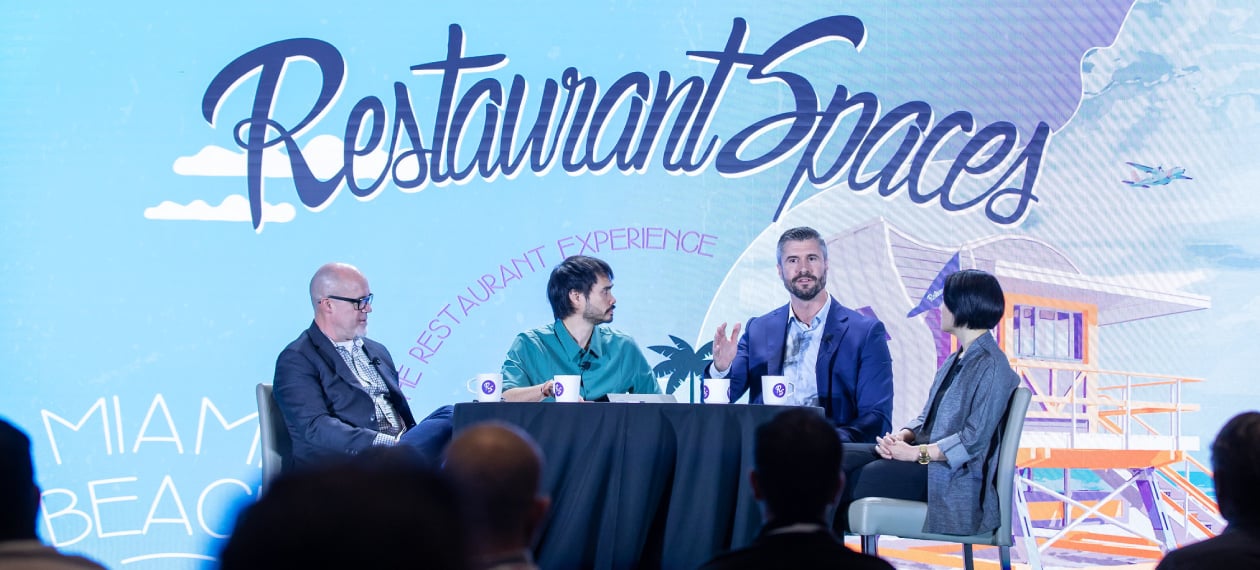

-3.png)
-4.png)
-3.png)
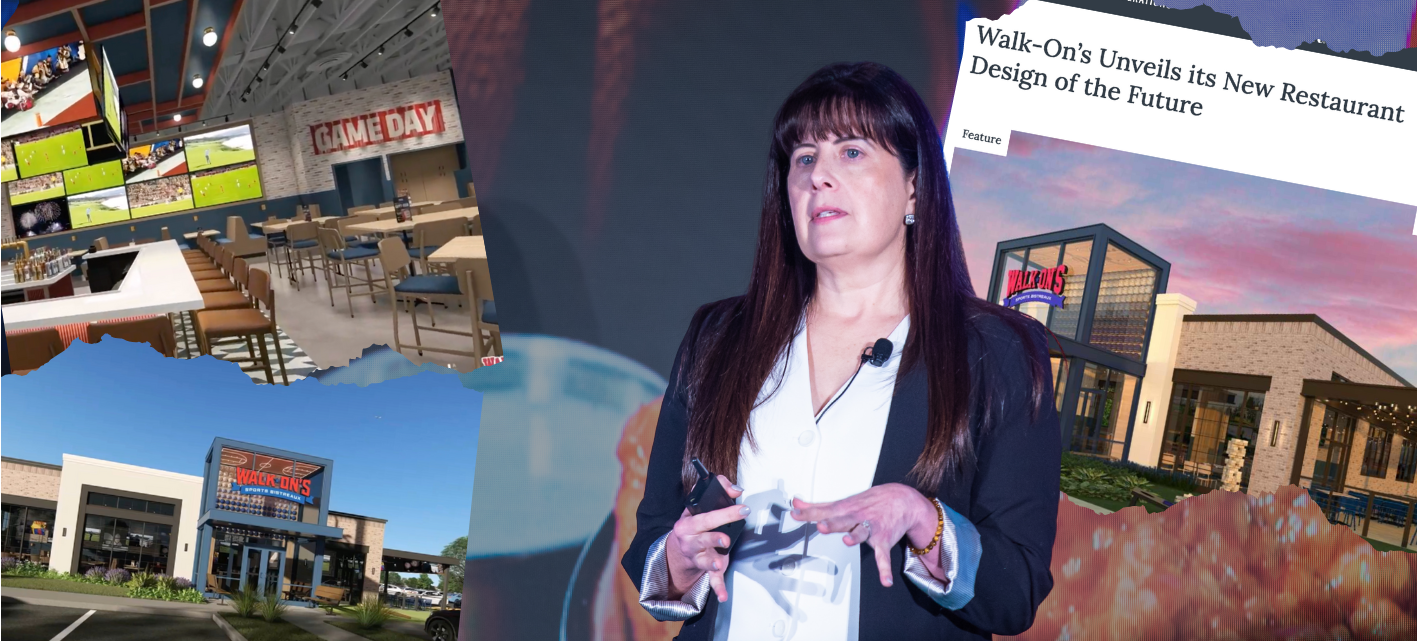
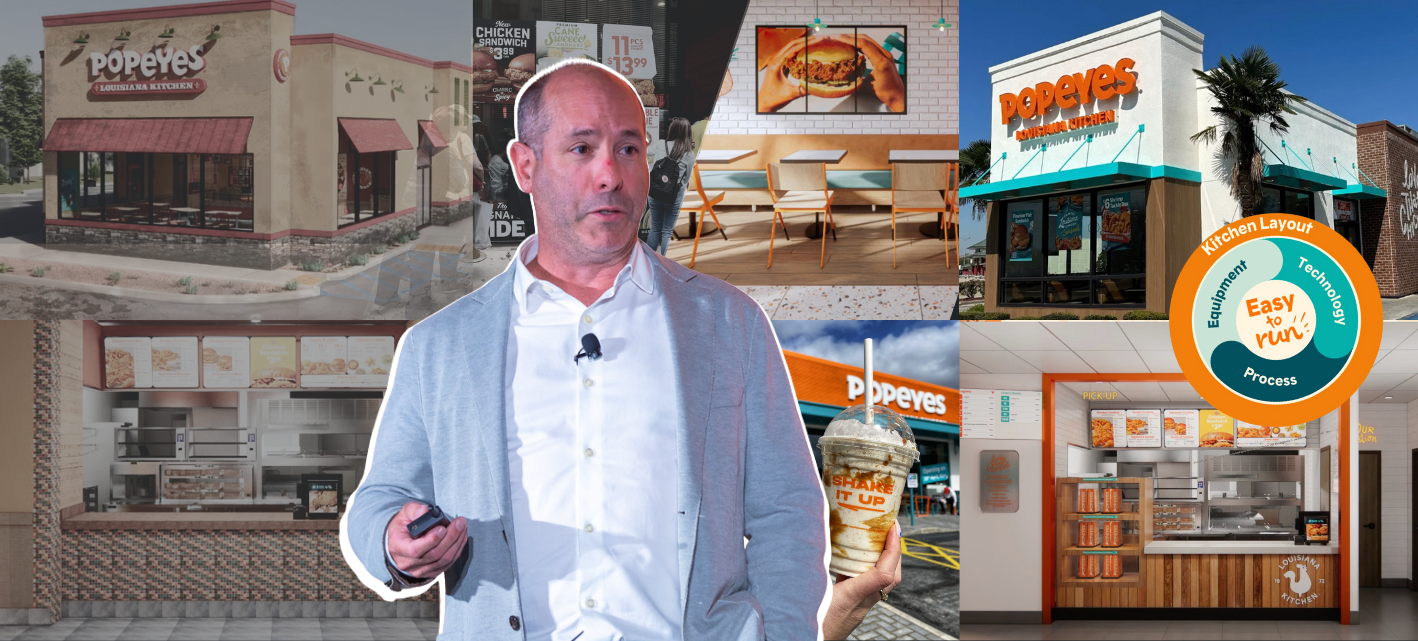

Comments